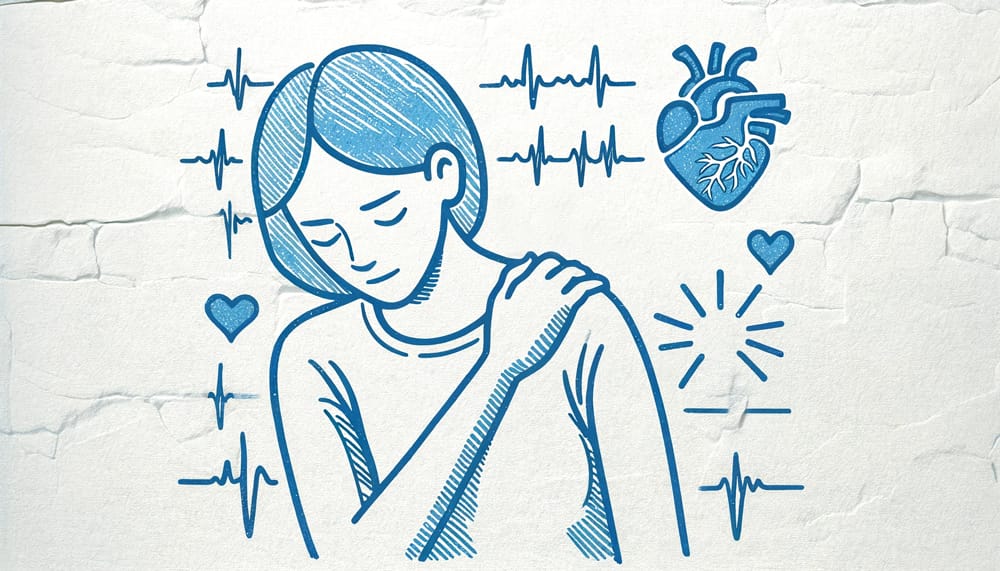Understanding Chronic Pain Through HRV
Chronic pain is a complex and pervasive issue, affecting millions globally. It’s not just a physical sensation but an intricate interplay of physiological, psychological, and environmental factors. Heart Rate Variability (HRV) offers a novel lens to understand this multifaceted condition. HRV, as a measure of the autonomic nervous system, provides insights into how the body copes with and responds to long-term pain.
The significance of HRV in chronic pain lies in its ability to reflect the body’s stress response. Chronic pain often leads to sustained stress, which can be observed through changes in HRV patterns. Typically, chronic pain is associated with lower HRV, indicating a predominance of sympathetic activity – the body’s ‘fight or flight’ response. This heightened state can exacerbate pain perception, creating a vicious cycle of pain and stress.

However, HRV is not just a diagnostic tool; it’s also a window into the effectiveness of various pain management strategies. By monitoring changes in HRV, healthcare professionals can gauge the impact of treatments such as medication, physical therapy, or relaxation techniques. This data is invaluable in customizing pain management plans to suit individual needs.
“In the complex world of chronic pain, heart rate variability emerges as a vital tool, offering a glimpse into the entwined realms of physical sensation and emotional resilience.”
Moreover, HRV offers insights into the emotional and psychological aspects of chronic pain. Emotional distress and anxiety, common in individuals with chronic pain, can further influence HRV. Understanding these emotional dimensions is crucial for a holistic approach to pain management, one that addresses both the physical and psychological components of pain.
For a deeper understanding of HRV and its implications in health, our Ultimate Understanding Heart Rate Variability (HHRV): A Comprehensive Guide provides a comprehensive overview.
HRV’s Role in Pain Perception and Management
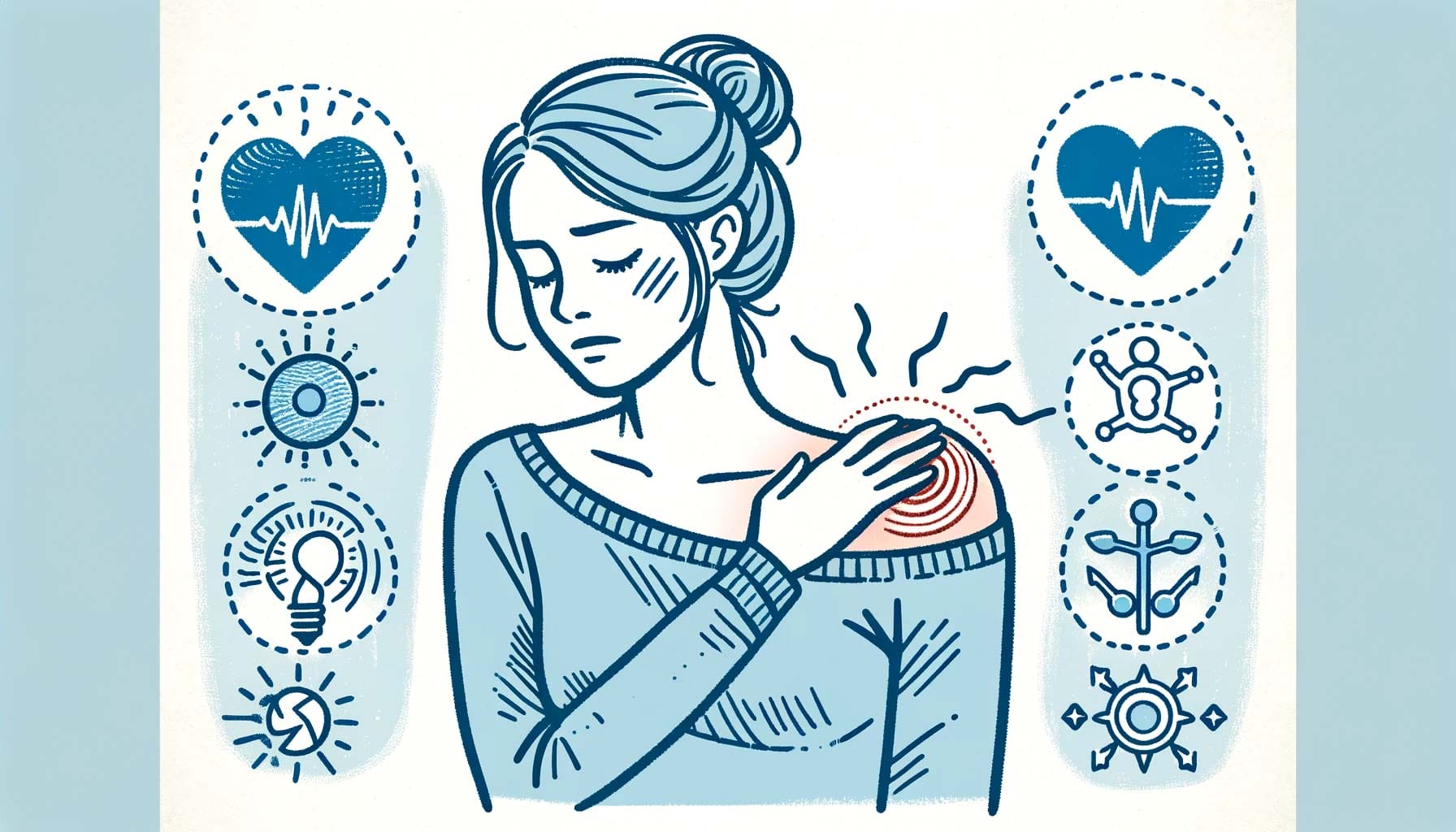
The relationship between HRV and pain perception is rooted in the autonomic nervous system’s regulation. HRV reflects the balance between the sympathetic and parasympathetic systems – a balance that is often disrupted in chronic pain conditions. Higher pain sensitivity and lower pain tolerance, typically seen in individuals with chronic pain, are often mirrored by reduced HRV.
HRV’s role extends beyond pain perception; it’s also crucial in pain management. Effective pain management strategies aim to restore autonomic balance, which can be monitored through HRV. For instance, interventions like biofeedback, which can increase HRV, have been shown to be effective in reducing pain intensity and improving quality of life in chronic pain patients.
“In the intricate landscape of chronic pain management, heart rate variability acts as a compass, guiding towards a balanced approach in understanding and alleviating pain.”
This link between HRV and pain management is further substantiated by research indicating that improved HRV through relaxation techniques, mindful practices, and regular physical activity can lead to better pain outcomes. Such interventions can activate the parasympathetic response, thereby reducing the sympathetic overactivity often associated with chronic pain.
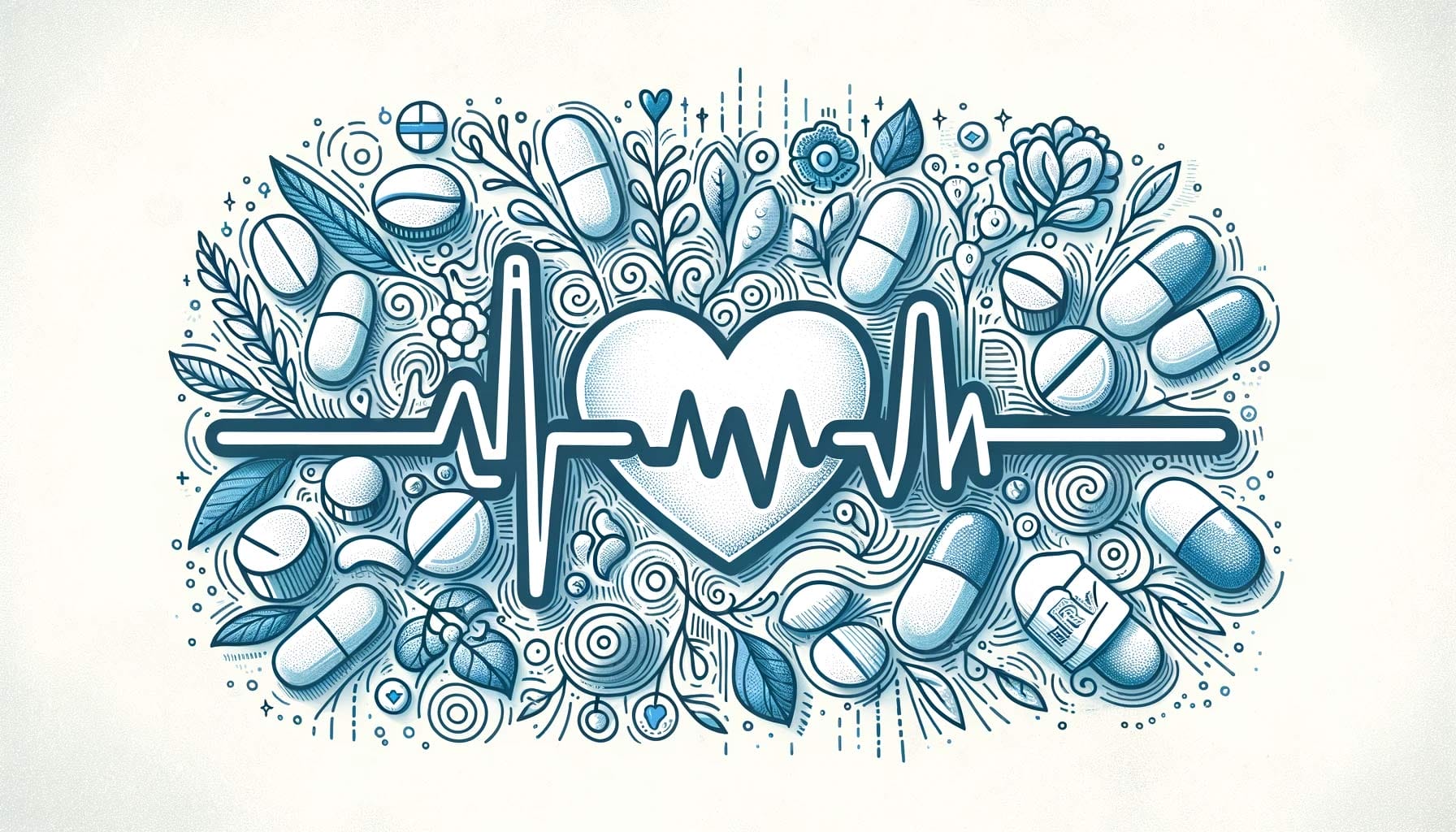
Additionally, HRV monitoring can help in identifying individual responses to pain medication. Different drugs can have varying impacts on autonomic function, and HRV can be a useful tool in determining the most suitable medication with minimal side effects for each patient.
“HRV in chronic pain management is a bridge between understanding pain and actively reducing its impact on life.”
The integration of HRV in pain management is not without its challenges, however. Variations in HRV due to factors like age, gender, and lifestyle must be considered when interpreting data. Nonetheless, HRV remains a promising tool in tailoring pain management to individual physiological profiles.
Impact of Lifestyle Factors on Chronic Pain and HRV
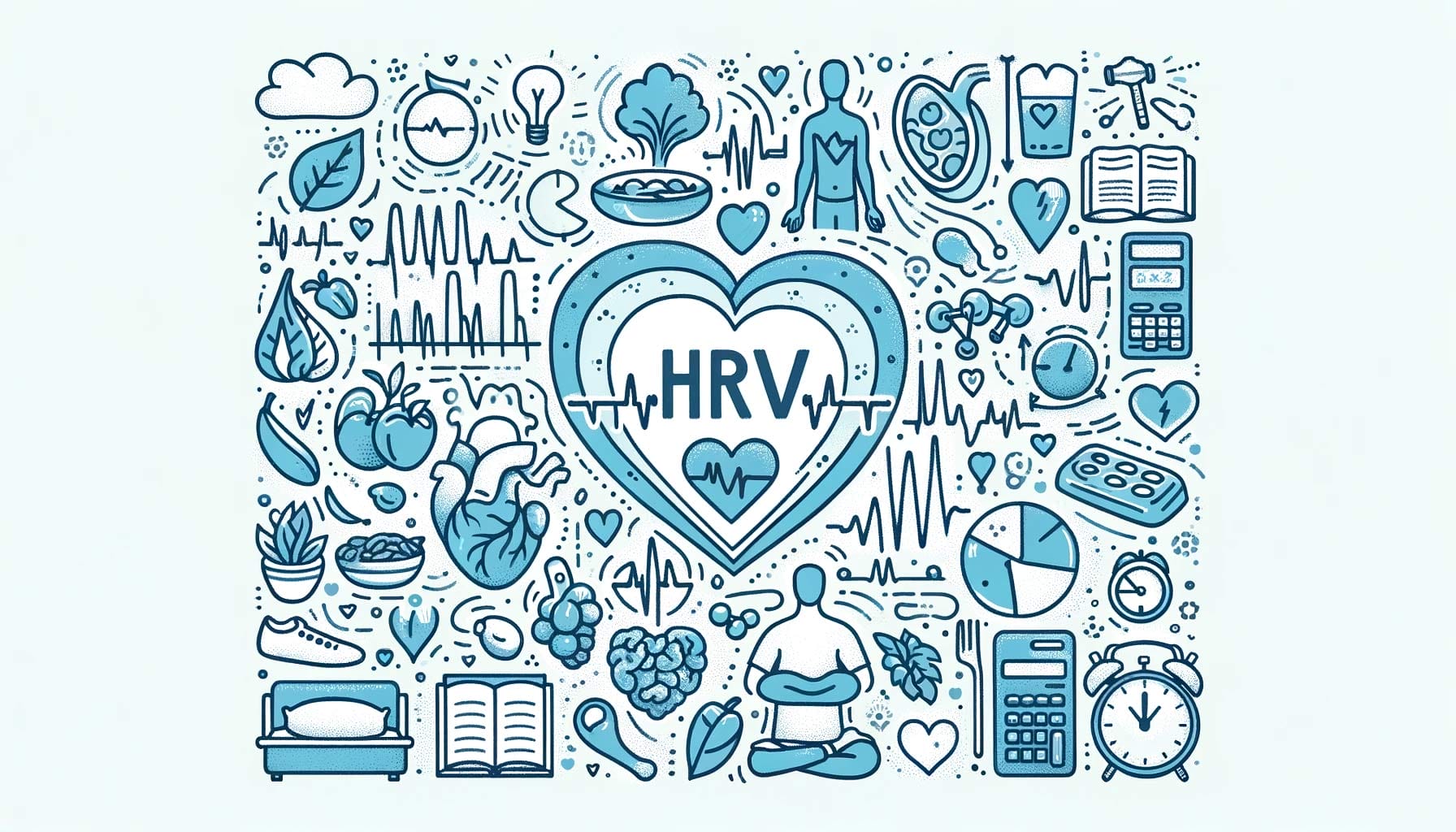
Lifestyle factors play a significant role in both chronic pain experience and HRV. Diet, exercise, sleep quality, and stress management are all crucial elements that can influence pain perception and HRV. Healthy lifestyle choices can lead to improvements in HRV, which in turn can positively impact pain management.
“In the complex journey of chronic pain, heart rate variability serves as a guide, highlighting how lifestyle choices weave into the fabric of pain management and overall well-being.”
Nutritional choices, for example, can have a direct effect on inflammation, a key component of many chronic pain conditions. Diets rich in anti-inflammatory foods may not only help in reducing pain but also in improving HRV. Similarly, regular physical activity, known to enhance HRV, can also contribute to better pain management by improving muscle strength, flexibility, and overall body function. Learn about the vital link between heart rate variability and nutrition in our insightful article, “HRV and Nutrition: Exploring the Heart-Gut Connection“.

Sleep is another critical factor. Poor sleep quality can exacerbate pain sensitivity and disrupt autonomic balance, leading to lower HRV. Effective pain management, therefore, often involves strategies to improve sleep quality. Explore the role of heart rate variability in understanding sleep patterns in our insightful article, “HRV in Sleep Research: Unraveling the Mysteries of Rest“.
“Lifestyle is a powerful modulator of chronic pain, with HRV serving as a gauge for measuring its influence and guiding interventions.”
Stress management techniques, such as mindfulness and relaxation exercises, can directly impact HRV and pain perception. These practices help in activating the parasympathetic nervous system, promoting relaxation and potentially alleviating pain. Discover key strategies for stress management and recovery through heart rate variability in our concise article, “HRV in Stress Management and Recovery“.
Understanding the interplay between lifestyle factors, chronic pain, and HRV is key to developing comprehensive pain management plans. By addressing these factors, individuals with chronic pain can work towards not only reducing their pain but also improving their overall health and quality of life.
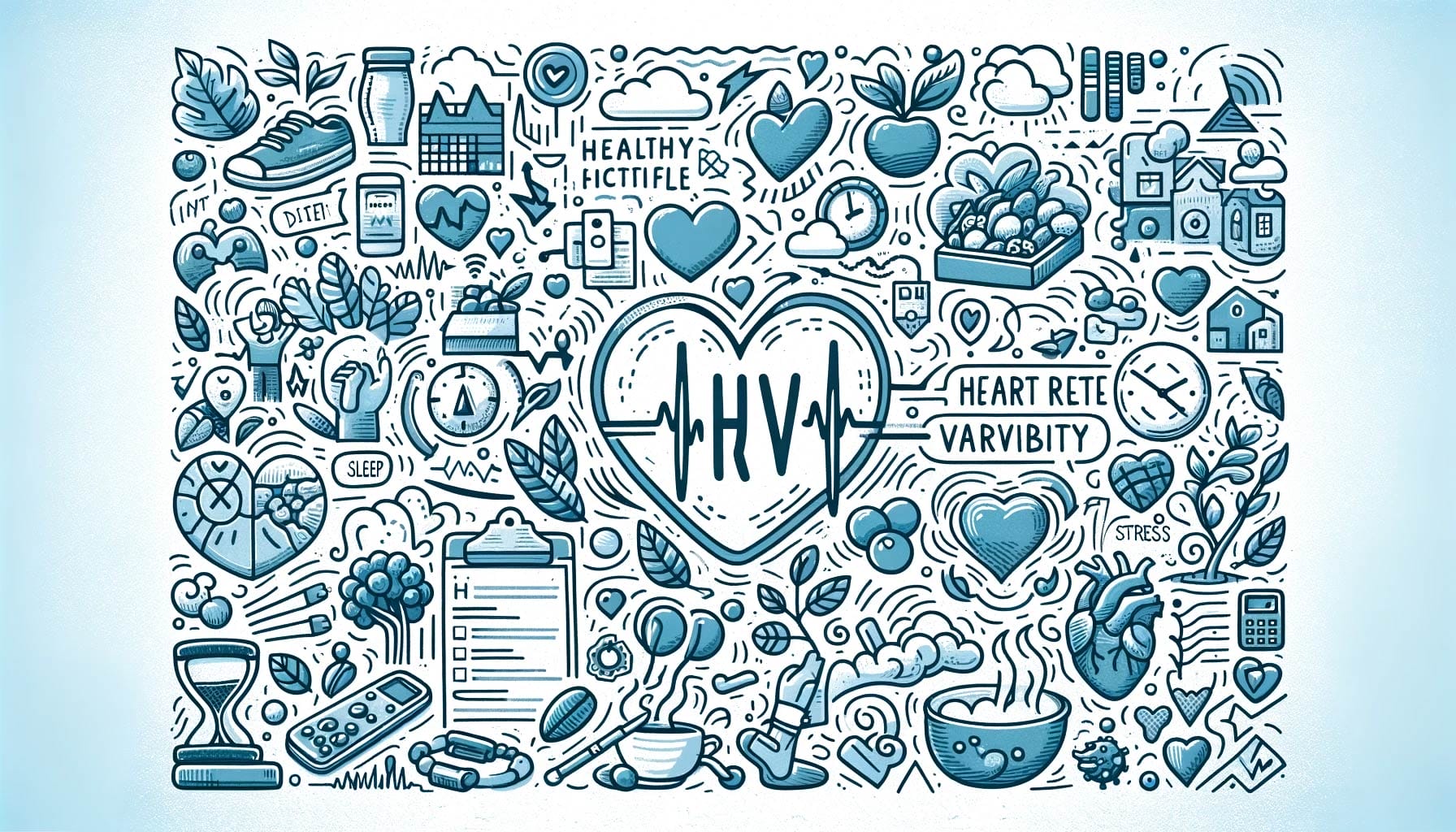
The integration of HRV monitoring into pain treatment protocols represents a significant advancement in chronic pain management. By tracking HRV, healthcare providers can gain a real-time understanding of a patient’s autonomic function, allowing for more precise and personalized treatment approaches.
“Incorporating HRV into chronic pain treatment brings precision and personalization to pain management, aligning therapies with individual physiological needs.”
In clinical settings, HRV data can guide the selection and adjustment of pain medications. Medications that positively influence HRV may indicate better pain control and reduced stress on the body. Conversely, a decline in HRV might signal the need for adjustments in medication or alternative therapies. Gain insights into how drugs affect heart rhythms by reading our informative article, “HRV and Pharmacology: Drug Effects on Heart Rhythms“.
Non-pharmacological interventions, such as cognitive-behavioral therapy (CBT) and physical rehabilitation programs, can also be tailored based on HRV data. For example, in patients showing lower HRV, therapies focused on stress reduction and relaxation might be prioritized to improve autonomic balance and pain tolerance. The comprehensive impact of stress and the importance of recovery is further explored in HRV and Mental health: Beyond Stress and Anxiety, which delves into how HRV can guide overall wellness strategies.
“Incorporating HRV into chronic pain treatment brings precision and personalization to pain management, aligning therapies with individual physiological needs.”
Moreover, HRV monitoring can assist in tracking the progress of pain treatment over time. Changes in HRV can provide objective evidence of treatment effectiveness, helping clinicians refine pain management plans and optimize therapeutic outcomes.
The Psychological Dimension of Chronic Pain and HRV

Chronic pain is not just a physical experience; it has a significant psychological dimension. Mental health conditions such as anxiety and depression are common among individuals with chronic pain, and these can further influence HRV. By understanding the relationship between psychological states, HRV, and pain, healthcare providers can offer more comprehensive care.
HRV provides insights into the stress and emotional states of individuals with chronic pain. Lower HRV may indicate higher levels of stress and poor emotional regulation, which can exacerbate pain perception. Addressing these psychological aspects is crucial in pain management, as mental well-being significantly impacts pain experiences.
“The interplay between the mind, body, and pain is intricately reflected in HRV, highlighting the importance of holistic approaches in chronic pain management.”
Therapeutic interventions such as mindfulness, relaxation techniques, and biofeedback can improve both psychological well-being and HRV. These practices not only help in reducing stress and anxiety but also potentially alleviate pain by improving autonomic regulation.
Explore the significance of heart rate variability in psychological research and its impact on mental health in our article, “The Role of HRV in Psychological Research: Uncovering Mental Health Insights“.
Future Directions in HRV and Chronic Pain Research

The field of HRV and chronic pain research is rapidly evolving, with new studies continually expanding our understanding of this relationship. Future research directions include exploring the genetic and environmental factors that influence HRV in the context of pain and investigating how long-term pain management strategies affect HRV over extended periods.
“As the field of HRV and chronic pain research unfolds, it beckons a future rich in discovery and personalized care, driven by technological innovation and a deeper grasp of the heart’s narrative in pain.”
Emerging technologies in HRV monitoring, such as advanced wearable devices, are expected to play a significant role in future research. These technologies could provide more detailed HRV data, enabling researchers to uncover deeper insights into the autonomic changes associated with chronic pain.
Additionally, there is growing interest in exploring the potential of HRV-guided personalized medicine in chronic pain management. By tailoring treatments based on individual HRV profiles, healthcare providers could offer more effective and targeted interventions, potentially improving patient outcomes and quality of life.
Conclusion: Transforming Pain Management with HRV

In conclusion, HRV has emerged as a crucial element in the field of chronic pain management. Its ability to provide insights into the autonomic nervous system offers a new perspective on pain treatment, enabling more personalized and effective approaches. HRV not only helps in understanding the physiological aspects of pain but also guides the implementation of comprehensive treatment strategies that address both physical and psychological dimensions of pain.
As we continue to explore the vast potential of HRV in chronic pain management, it becomes increasingly clear that this metric is instrumental in enhancing our understanding and treatment of chronic pain conditions. HRV is more than a measurement tool; it’s a key to unlocking more effective and patient-centered pain management solutions.
You Might Also Be Interested
- 📚 Delve into our comprehensive HRV Article Collection for insightful perspectives on Heart Rate Variability (HRV).
- 🔍 Learn how the advanced features of Fibion Emfit & Fibion Vital can aid you in your HRV research.
- 📅 Planning an HRV measurement and analysis? For a chat with our HRV expert, book a session with Dr. Miriam Cabrita.
Frequently Asked Questions on This Topic
How does HRV provide insights into chronic pain management? +
HRV, as a measure of the autonomic nervous system, reflects the body’s response to chronic pain. Lower HRV in chronic pain indicates a predominance of sympathetic activity, which can exacerbate pain perception and create a cycle of pain and stress.
What is the role of HRV in pain perception and management? +
HRV reflects the balance between sympathetic and parasympathetic systems, which is disrupted in chronic pain. Effective pain management aims to restore this balance, monitored through HRV, to reduce pain intensity and improve quality of life.
How do lifestyle factors influence chronic pain and HRV? +
Lifestyle factors like diet, exercise, sleep quality, and stress management can significantly influence both chronic pain experience and HRV. Healthy lifestyle choices can lead to improvements in HRV and positively impact pain management.
What is the significance of HRV in clinical treatment of chronic pain? +
In clinical settings, HRV data can guide the selection and adjustment of pain medications and non-pharmacological interventions, allowing for personalized care tailored to individual physiological responses.
How does HRV relate to the psychological aspects of chronic pain? +
HRV offers insights into the emotional and psychological aspects of chronic pain. Emotional distress and anxiety common in chronic pain can influence HRV, necessitating a holistic approach to pain management that addresses both physical and psychological components.
What future developments are expected in HRV research for chronic pain management? +
Future research will likely focus on exploring the genetic and environmental factors influencing HRV in chronic pain, investigating long-term pain management strategies, and utilizing advanced wearable HRV technology for personalized medicine.










